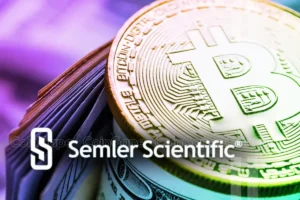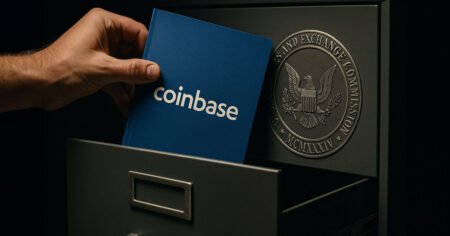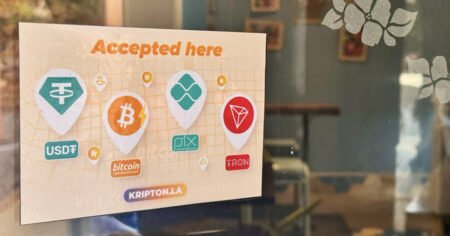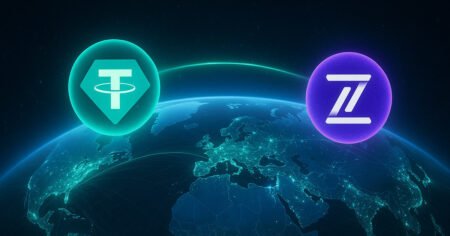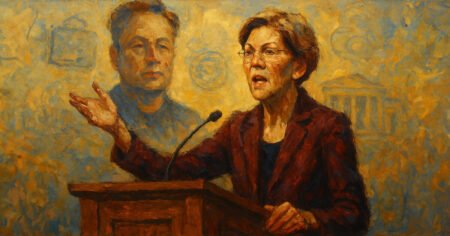Mantra CEO John Patrick Mullin recently made a proposal to burn his allocation of OM tokens in order to restore investor confidence following a steep drop in the protocol’s native token value. Mullin, who holds approximately 772,000 OM tokens, which is less than 1% of the circulating supply, stated that his tokens are subject to a cliff until April 2027. The announcement came after the OM token lost over 90% of its value, dropping from $6.30 to under $0.50 in a single day, resulting in a significant loss of market capitalization.
Despite the crash, the OM token has since rebounded to $0.81 with a market cap nearing $800 million, showing signs of recovery. Mantra is a layer 1 blockchain platform built using the Cosmos SDK and focuses on tokenizing real-world assets while integrating regulatory compliance into its protocol. The project recently obtained a Virtual Asset Service Provider license from Dubai’s Virtual Assets Regulatory Authority (VARA), positioning it for growth in regulated digital asset markets.
Mullin attributed the collapse to reckless liquidations by centralized exchanges during a low-liquidity trading window, resulting in rapid sell pressure. He clarified that team members and investors did not engage in token sales, as all allocations are locked under a public vesting schedule. However, blockchain observers raised concerns about possible insider activity or wallet compromises, citing suspicious fund movements totaling over $70 million in OM tokens being transferred to exchanges through a single intermediary wallet prior to the crash.
The Mantra team is currently investigating the situation and plans to release details on centralized exchange involvement while affirming that the project’s tokenomics remain intact and can be verified through on-chain data. Mullin also pledged to burn his share of the future allocation of OM tokens and indicated that the community would decide whether he earns it back once the project recovers. This move by Mullin is aimed at demonstrating his commitment to the project and restoring investor trust in the Mantra protocol.
In conclusion, Mullin’s proposal to burn his OM token allocation reflects his dedication to the project’s success and his willingness to take responsibility for the recent market downturn. Despite the challenges faced by the Mantra protocol, the team remains focused on building a compliant and innovative blockchain platform for tokenizing real-world assets. With the recent rebound in the OM token value and the acquisition of a regulatory license in Dubai, Mantra is poised for growth in the evolving digital asset markets. By addressing concerns surrounding the token crash and taking proactive steps to improve transparency and accountability, Mantra aims to regain investor confidence and drive the project towards a successful future.
